Horse Lords: Comradely Objects

Horse Lords: Comradely Objects
RVNG Intl. 11/4/2022
“Fusion” is a genre-descriptor that is constantly on the verge of utter uselessness. The problem is that the critic is trying to describe sound as it evolves in real time. No easy task! It’s a useful descriptor when you think it would be a sin to name the unnameable. Like Miles Davis’ Bitches Brew. Who knows what’s going on there? Sure, some jazz, and a whole lot more. Let’s call it fusion, be done with the nomenclature, and just enjoy the music, right?
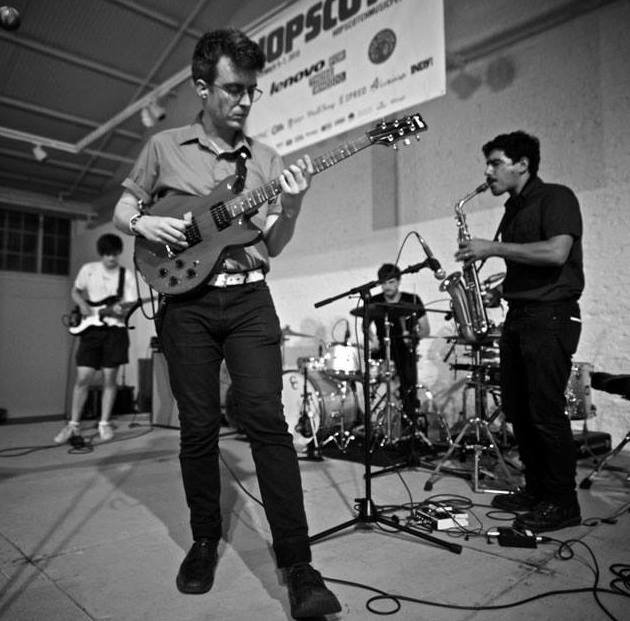
Horse LordsAn entire school of contemporary music has grown up in the post-”giving a shit” age of genre to the point that it’s a downright insult when you attach an adjective to an artist’s sound. At least when a critic does it. Artists will brand themselves with genre descriptors up the wazoo for the streaming services, clambering for one extra listener among, say, the “electronic > witch house > vaporwave” faithful.
Horse Lords fuse things and their extraordinary album Comradely Objects fuses musical things. The band’s interest seems more focused on a meta-level of music making, asking basic questions about how sounds fit together in pop music. One side effect of this more theoretical interest is that the band can seem a bit ambivalent about what ingredients go in the stew. Funk, krautrock, jazz, new wave, prog, noise, honky tonk are all playthings of equal status.
“Zero Degree Machine” opens with a guitar lick that sounds like it was played by a robot. The mechanical expression has more in common with a smart toaster than any rhythm and blues-based idiom. Is it a sample? No, it can’t be; the developments in tempo are too intentional and irregular to be sample-based repetition. There’s a human behind that sound, but one that strives for a healthy dose of metal machine intensity. What’s true for the guitar in “Zero Degree Machine” is true for the album, and the band, in general: Horse Lords pull back some of the formal elements we’ve long associated with electronic music into the human realm. They put a human face on electronic music. You could call that cyberfunk, if you were grasping for genre descriptors. It’s a lot more precise than ‘fusion.’
A preview of Wilco’s Solid Sound, a three-day music and arts festival in North Adams.
Blast jazz, microtonalism, Saharan guitar sounds fighting a state of entropy.
“Fusion” is a genre-descriptor that is constantly on the verge of utter uselessness.
One descriptor that is worth thinking about with respect to Comradely Objects is microtonalism. Less a genre, more a school of musical exploration, microtonalism makes use of sound intervals smaller and bigger than the standard semitone interval proper to the tradition of Western music. If you’re struggling to connect the dots on that last sentence, just imagine you’re sitting down at a piano, except there are tiny little baby keys or big whopping gonzo keys, instead of the standard dimension of piano key you’re familiar with. Microtones go small, macrotones go big. By playing around with different intervals, whole new worlds of sound and rhythm can open up.
You can hear an obvious use of microtones at the end of “Mass Mend,” which ends a long jam with a trip up the asymptote of a microtonal spectrum. Electric guitar players who fiddle with pedals are familiar with the effect of spinning the dial on the stompbox to produce tighter and tighter oscillations of sound. Whether it’s a phaser, flanger, echo – whatever the effect, it can be accelerated until the oscillations become so tightly wound that all we hear is a steady electronic hum – as we hear with “Mass Mend.”
“Law of Movement” is a György Ligeti sound bath of the 2001: Space Odyssey variety. A ten-minute long journey to the center of the Erf. A paean to drone that is percussion-free until around the third minute. When snare and sticks start scratching, momentum builds, and the song evolves into a kind of atmospheric Neu jam. A krautrock instrumental without the Teutonic hooting and hollering vocals. Where is this journey taking us? The drums seem to serve the main purpose of holding the listener’s attention while the musical focus of the composition is focused on the long arching whale song electronica that gives birth to intensifying layers of anxiety, anticipation, and angst. And then it ends, with little warning, like a crypto bro that’s made his billions and left you holding the bag.
Closer “Plain Hunt on Four” is a courageous work of musical endurance that draws guitar, horn, and percussion into a mathematical death spiral focused on the slow unwinding of a few simple motifs. Like modern painters who spell out infinite variations on the same shape, color, or texture, Horse Lords draw you in to bathe in the subtlety of timbre and spacing in the soundscape. It’s not music that every band has the stamina to play. It’s not music that every listener has the ear to appreciate. But seven releases in, it’s clear that enough people dig in pop form the kind of ambitious concept compositions that used to be restricted to the black turtleneck-crowd. Not that there’s anything wrong with black turtlenecks.
There’s no more experiment in “experimentalism” — who cares?
Go back to the future with Nighttime’s time-traveling wyrd folk spectacle Keeper Is The Heart.
“Fusion” is a genre-descriptor that is constantly on the verge of utter uselessness.
The gazey, dreampop excursion takes us into a languid interior dimension of emotional transcendence.
Kitner tells the story of life lived at the tail end of a boozy buzz, with another night of debauchery on the way.
Twen charts a course across the sound waves of trans-Atlantic pop on their LP One Stop Shop.
Ambient is no longer the province of purely theoretical sound experiments. Enter Iceblink.


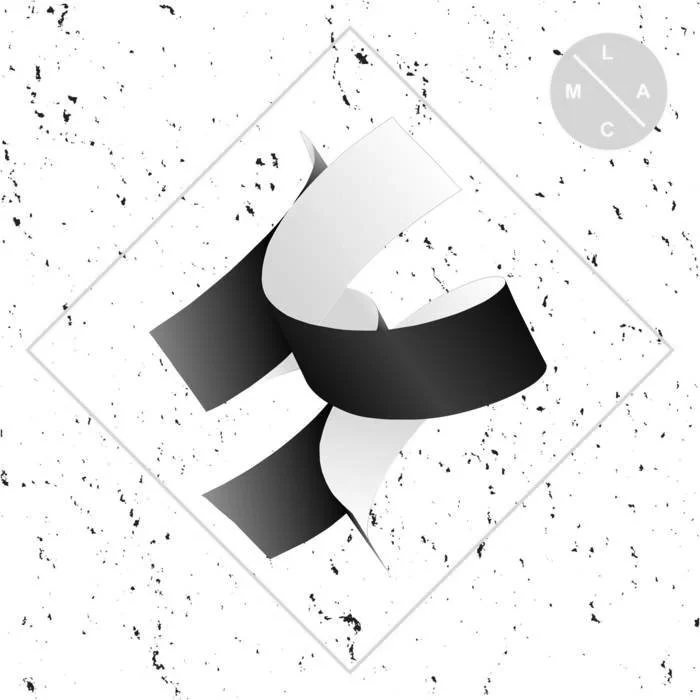


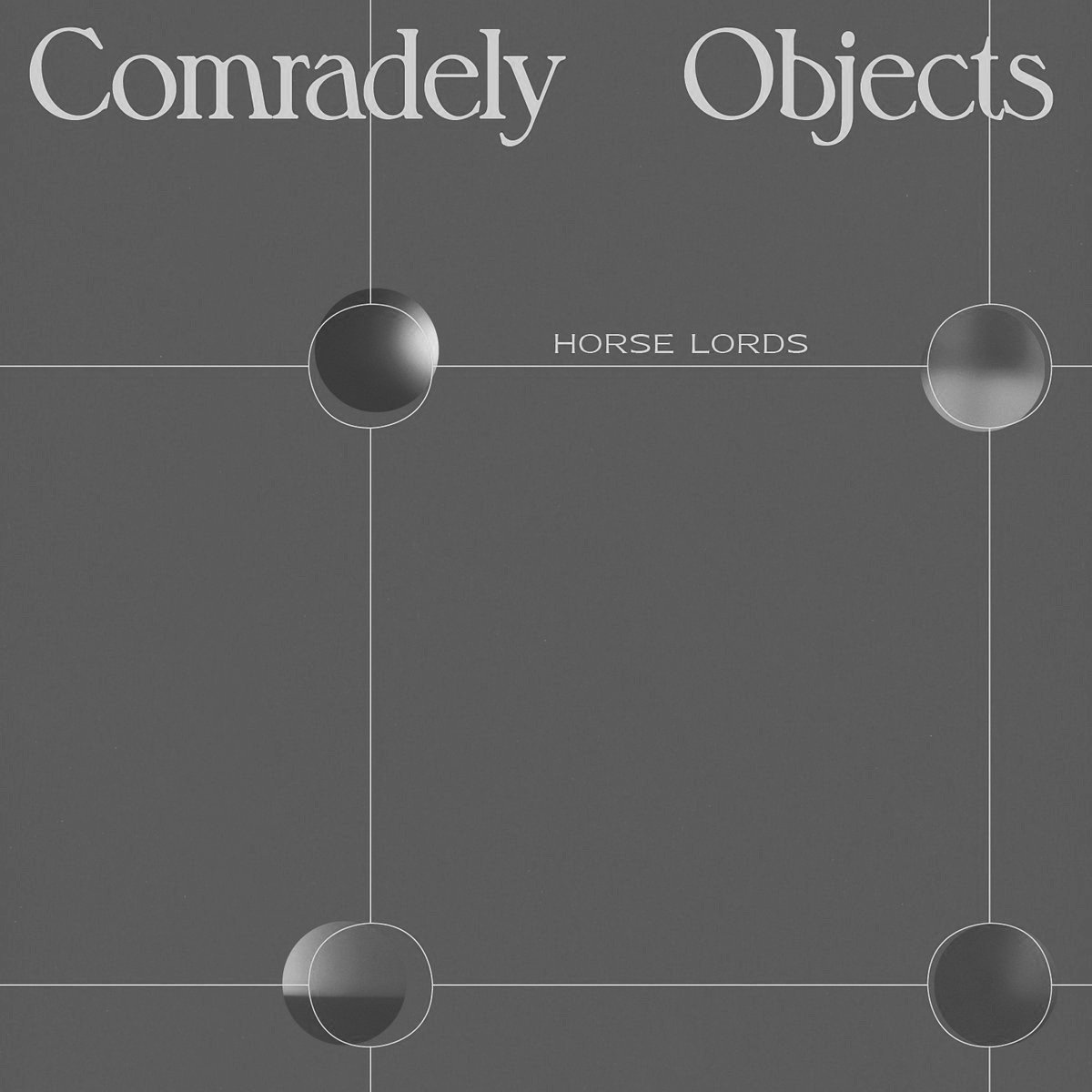



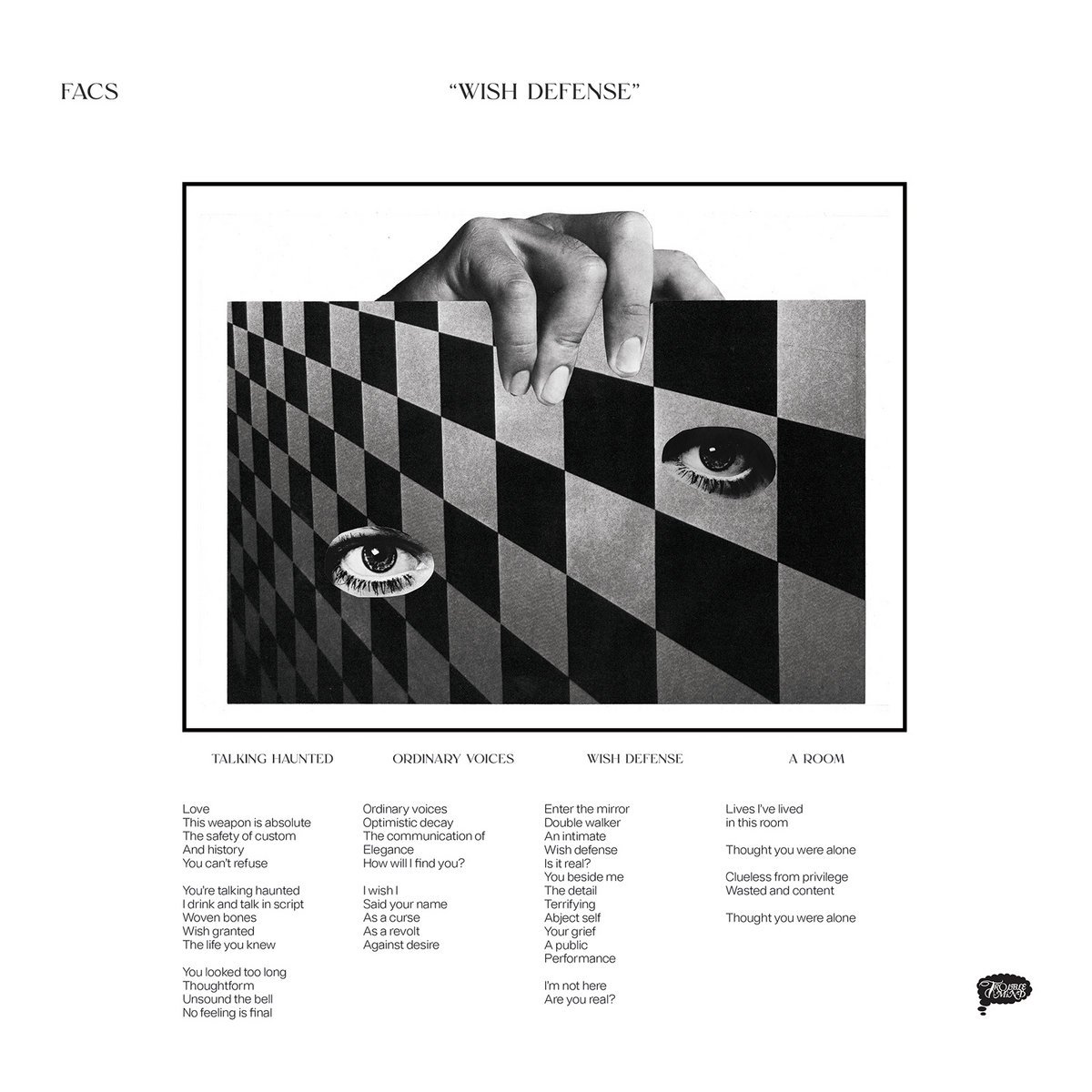

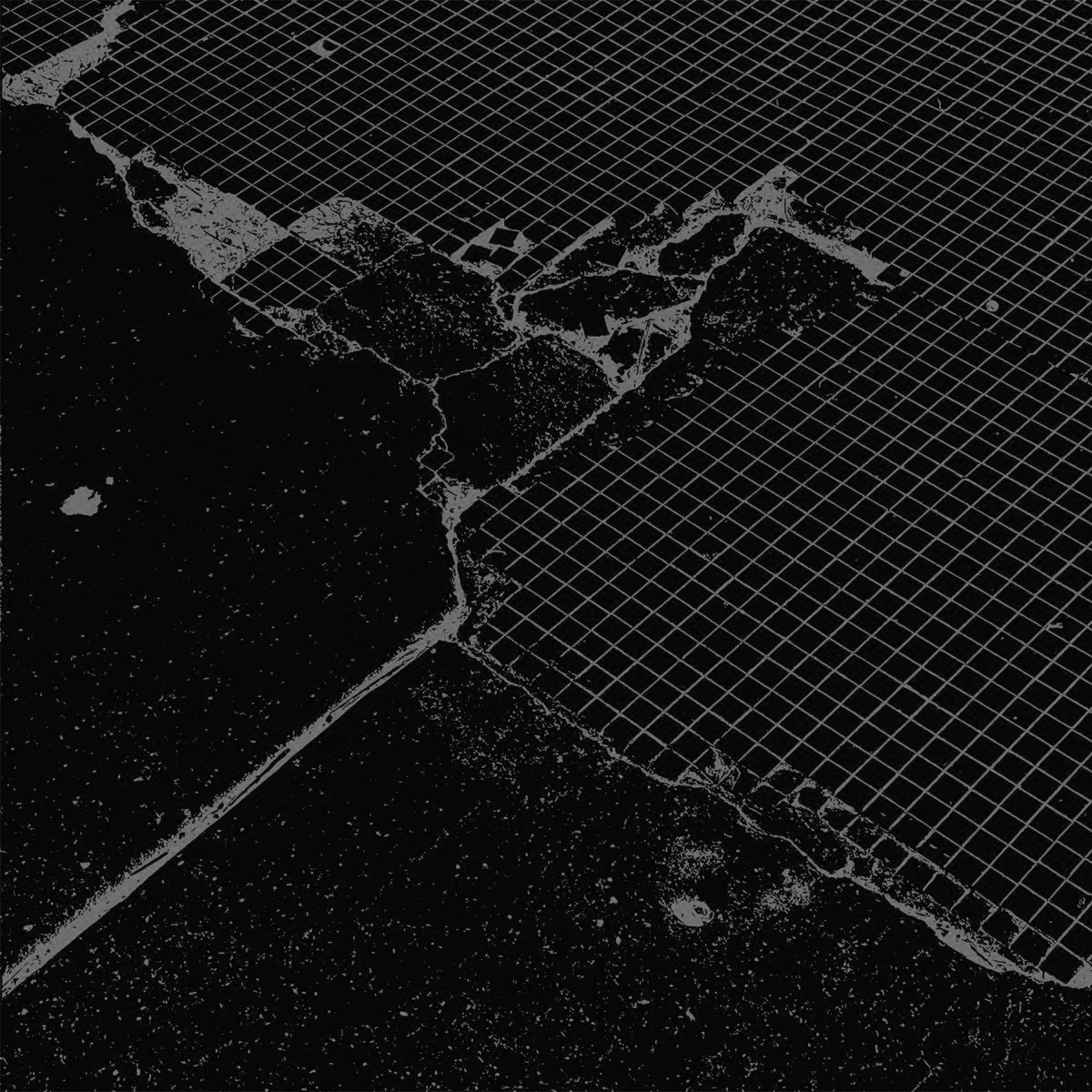
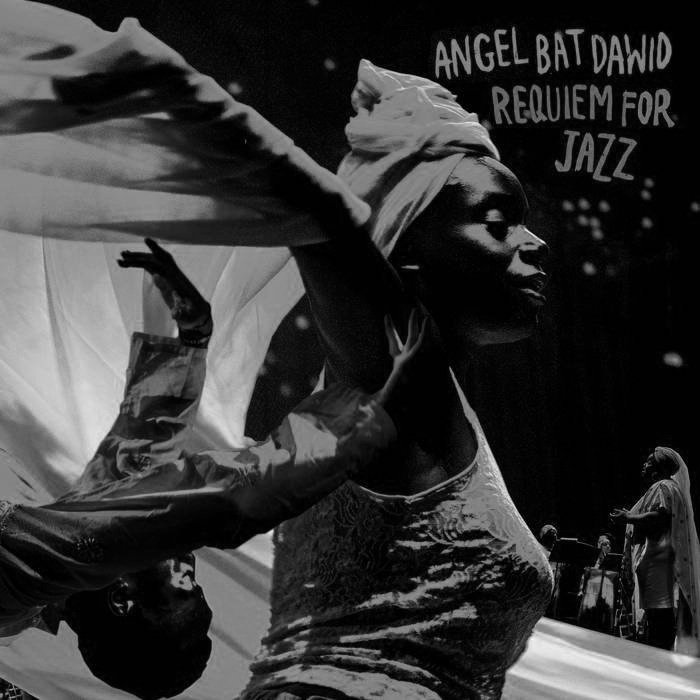
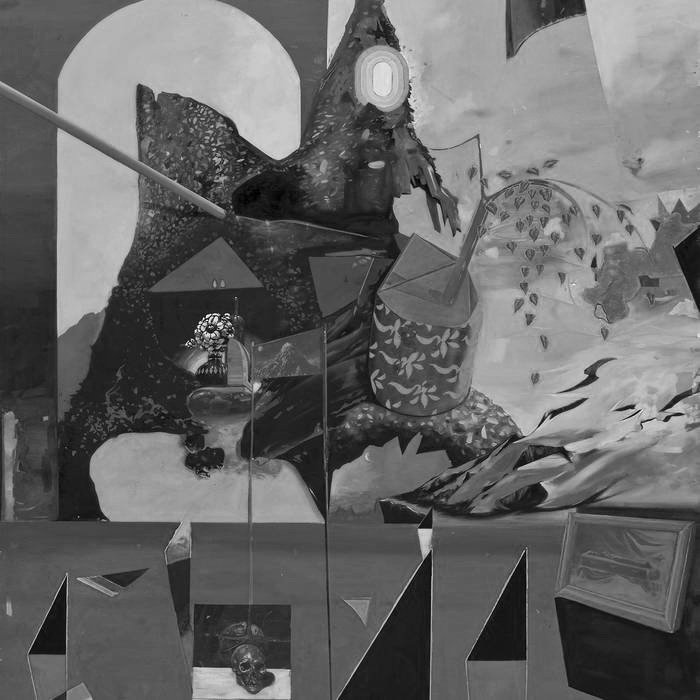
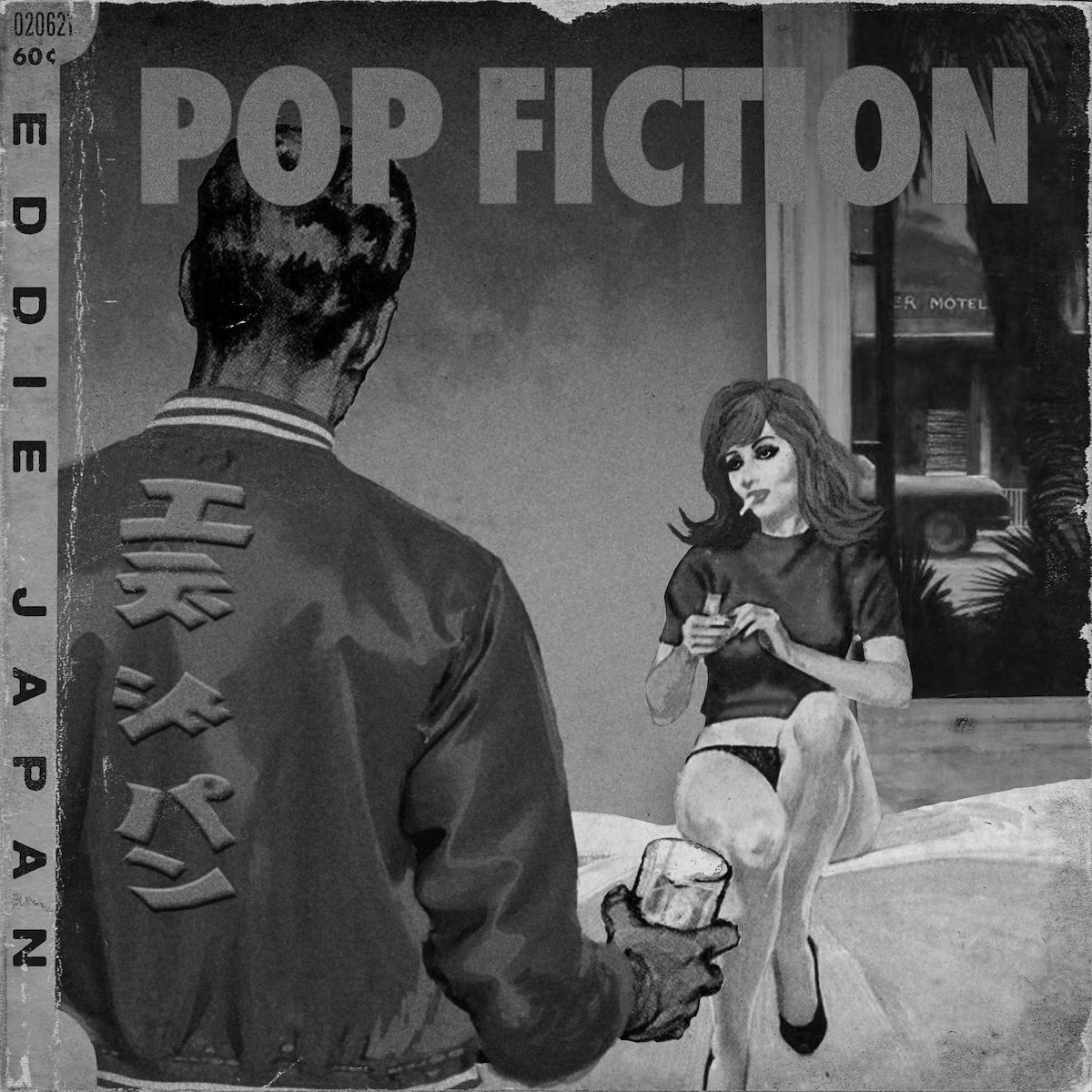
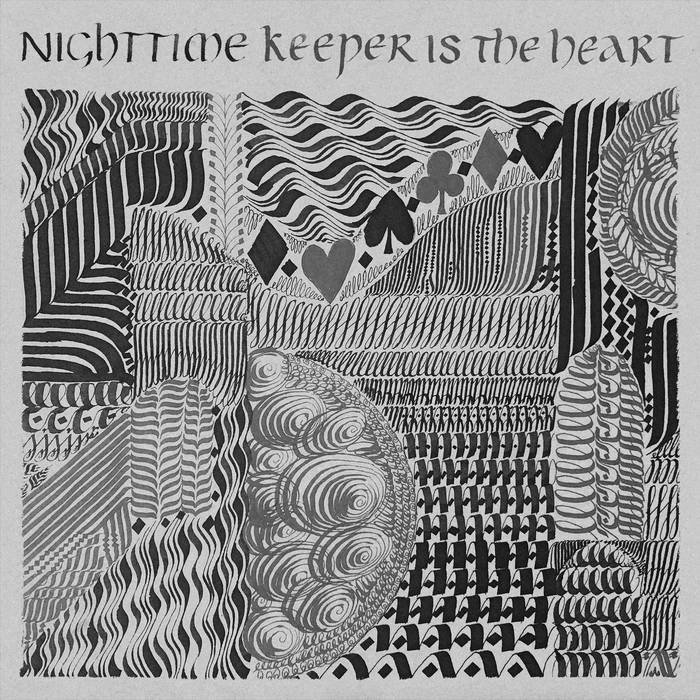

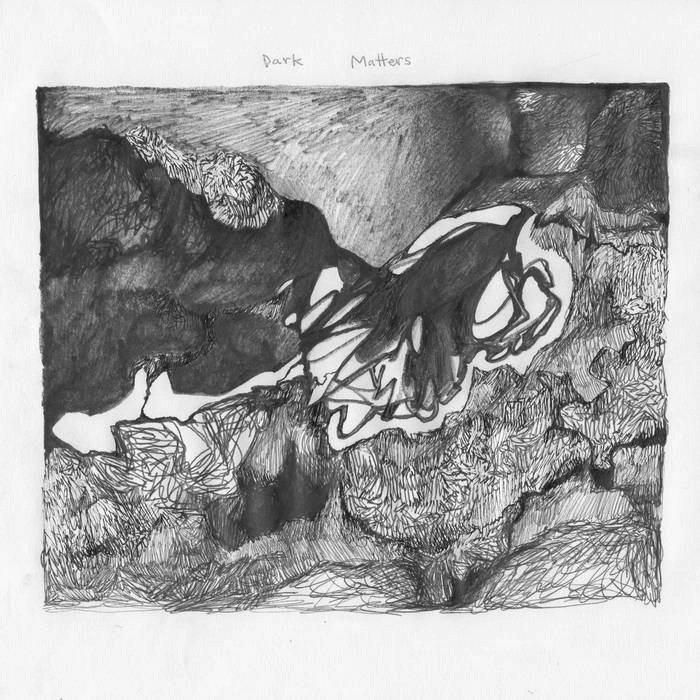
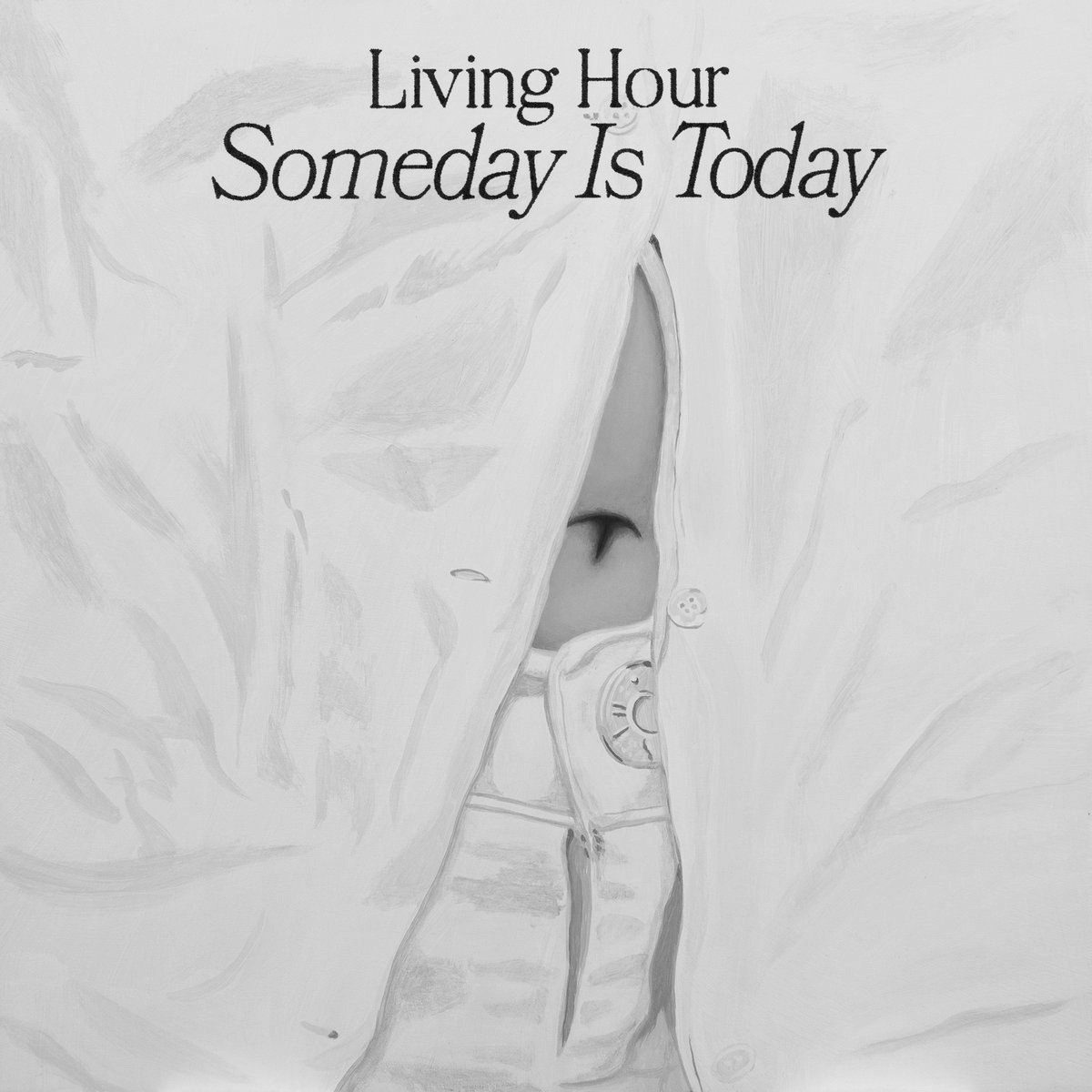
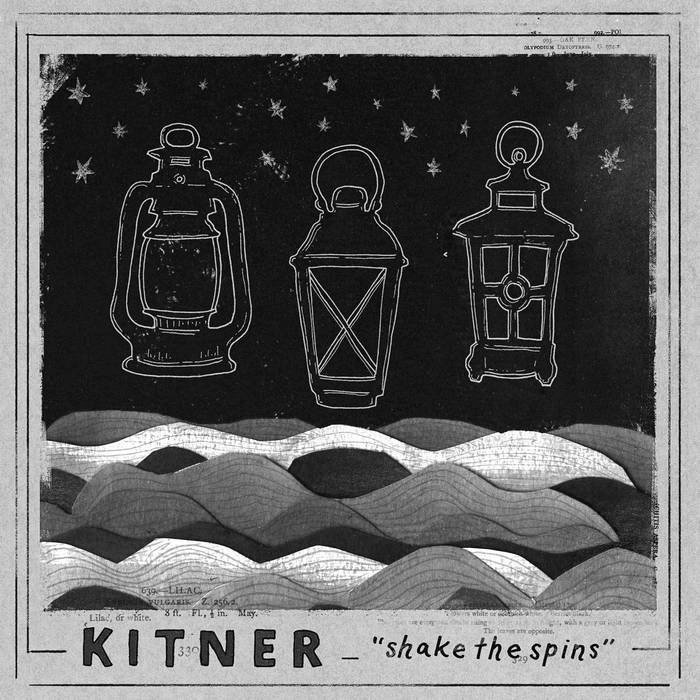









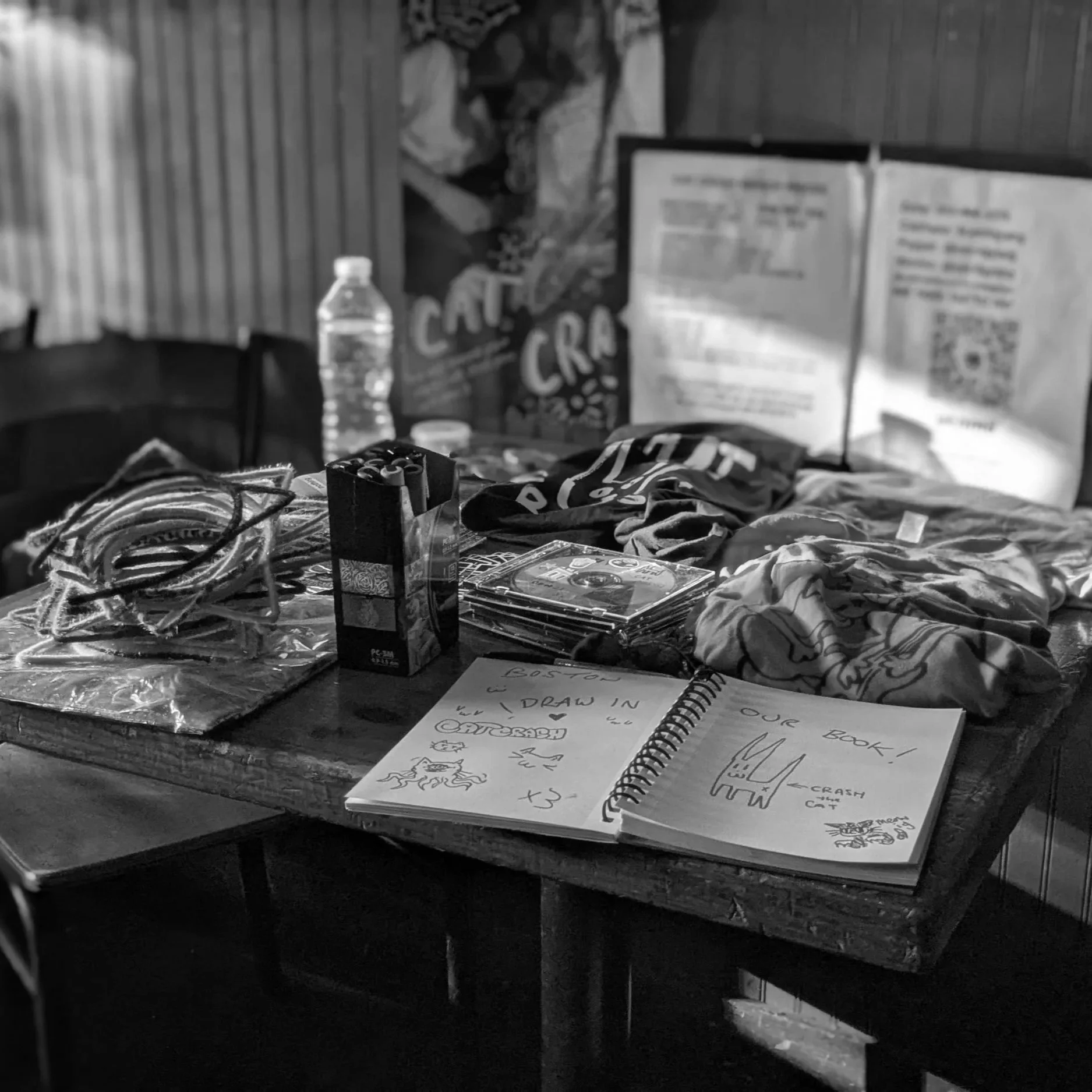




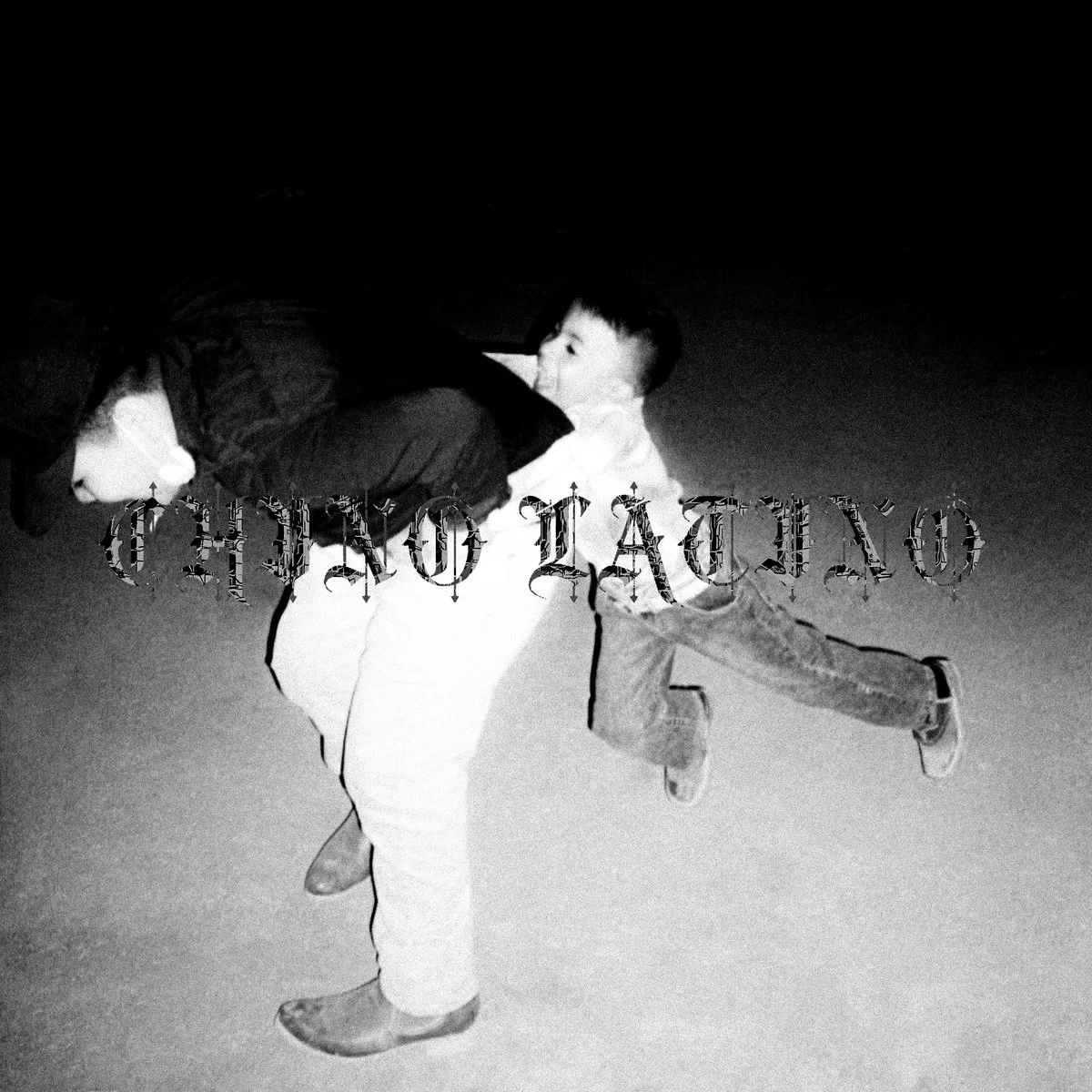


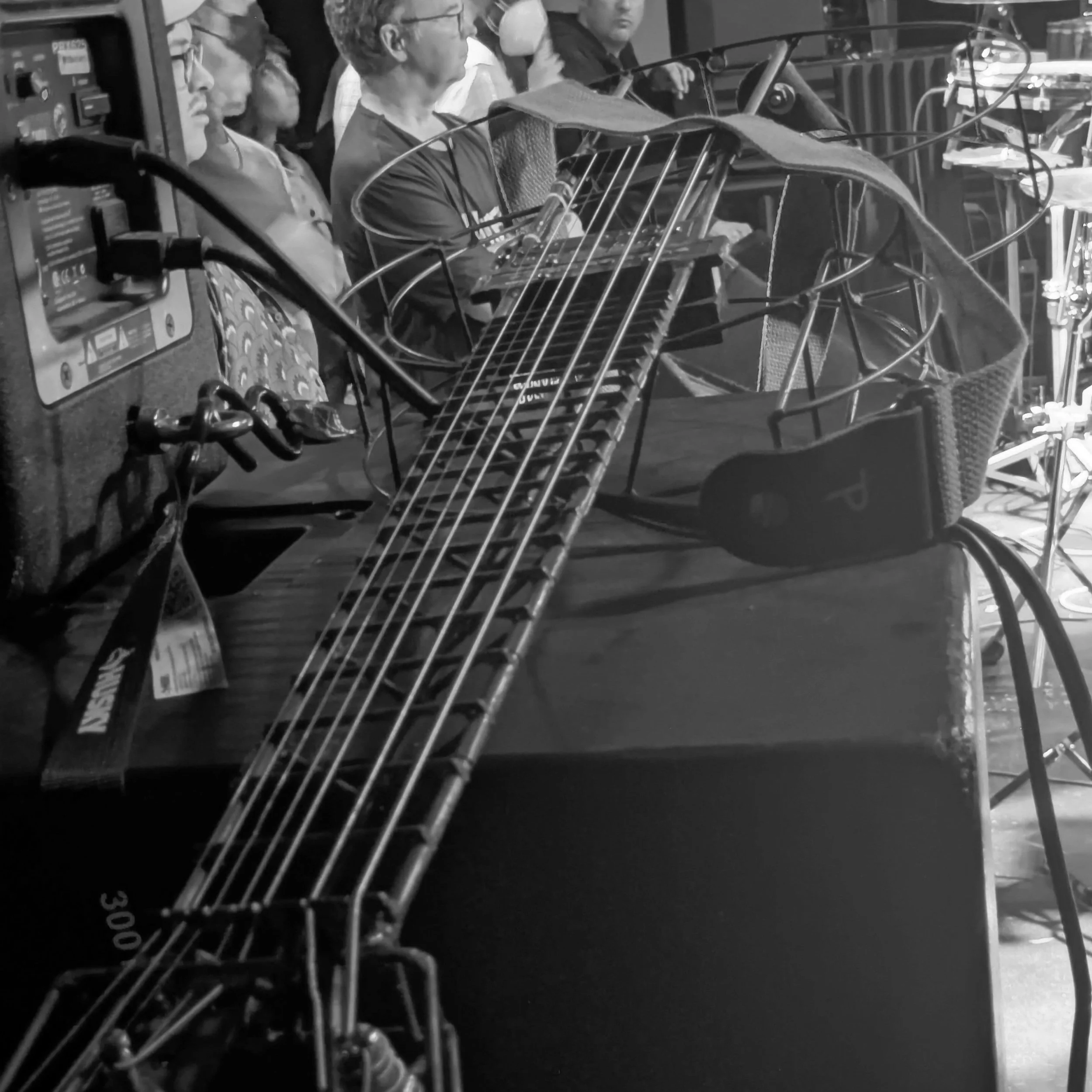














Day 1 of Solid Sound at Mass MoCA in North Adams.